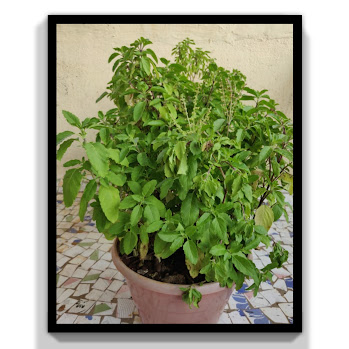How to care and propagate: Curry Leaves
Introduction:
- Murraya koenigii tree is also known as curry leaf tree. The curry tree is a tropical tree in the Rutaceae family and is native to Asia.
- It grows to about 13 to 20 feet in height and is easy to grow as it requires low maintenance.
- The curry plant leaves are mainly used in Indian cuisine and are also used widely in medicinal treatments.
- Also, it has great importance in the south and West Indian region.
Soils and Climate:
- Curry leaf plant grows in all types of soil but it should be well-drained soil. Good soil composition is a success of good growth of the plant.
- The ideal soil mixture: 60% gardening soil, 20% cow manure, and 20% River sand.
- It should be placed outdoor where it will receive a good amount of direct sunlight which will help to boost its healthy growth.
Fertilizer:
- One can provide organic fertilizer once a month and liquid fertilizer once a week for good results.
- Avoid providing fertilizer in the winter season. It is suggested to provide fertilizer post-winter season.
Light requirement:
- As suggested above keep the plant in direct sunlight.
- When the plant gets proper full sunlight, it will produce good foliage and more flowers which will yield more fruits thereby giving a healthy growth of the plant.
Watering Technique:
- As plants required well-drained and fertile soil, allow the soil to dry out before watering again. Water well once the soil is dried up to 2 inches soil.
- Be careful not to overwater as the plant won’t tolerate and start rotting.
- In winter, it is advised to check the soil by touching it before watering. If the top two-inch soil is dry then only water the plant.
Propagation Technique:
- We have two propagation techniques for curry trees.
- One can place seeds of curry plant fruit in potting mix.
- Cutting of Curry plant stem and placing in potting mix.
Harvesting:
- Harvesting actually boosts health. When the tree has grown larger at the peak season, pluck off the fresh aromatic leaves to flavor stews and soups. Regular harvesting improves the present and future growth of the plant.
Benefits:
- Helps in weight loss.
- Improves immunity and vision.
- Helps in regulating blood cholesterol levels.
- Juice of the plant roots is taken which helps in relieving the pain related to kidneys.
- Helps in the growth of hair and relieves morning sickness if any.
- Helps in controlling diabetes and liver-related diseases.
- Good source of antioxidants.
- Helps in reducing stress.
- Curry leaves are also used to treat burns and for improving skin health.
- It also helps in relieving the symptoms of diarrhea and dysentery.
Vital Tips:
- Curry leaf plant produces small flowers which turn into fruit. This fruit is edible but the seed is poisonous and must be removed before use.
- If the temperature falls below 32F in the winter season then there are more chances that the plant may die. In such a scenario, one should shift the plant indoors to save the plant.
- For the first two years pinch off the flowers to encourage the healthy growth of the plant.
- Prune dead branches regularly and cut off any dead leaves to encourage and develop fresh foliage.
Thanks and best of luck!
Happy Planting!
I would like to hear your thoughts, suggestions, and any questions in the comments below.
Happy Planting!
I would like to hear your thoughts, suggestions, and any questions in the comments below.





Comments
Post a Comment